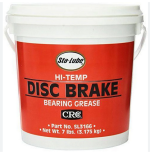You are using an out of date browser. It may not display this or other websites correctly.
You should upgrade or use an alternative browser.
You should upgrade or use an alternative browser.
Export thread
Spindle failure
#1
D
Davenj4f
D
Davenj4f
ISX2200, 52", FT730V EFI
I keep having to replace or rebuild my spindles. I can rebuild them in my sleep I think. I do some heavy duty cutting, fields, pastures, bunch of lawns. I chew up small limbs at times, finger size, even shave the top of a root on occasion. Don't hit bricks, etc. I have two other Ferris mowers, never have had a spindle problem, doing the same type mowing. I grease the spindles at least twice a week, sometimes more. I use either Mobile 1, or Lucas Red and Tacky. Both are NLGI 2.
Spindle 5104744.
Trying to figure out what I might be doing wrong. Anyone else having same issues ??
I keep having to replace or rebuild my spindles. I can rebuild them in my sleep I think. I do some heavy duty cutting, fields, pastures, bunch of lawns. I chew up small limbs at times, finger size, even shave the top of a root on occasion. Don't hit bricks, etc. I have two other Ferris mowers, never have had a spindle problem, doing the same type mowing. I grease the spindles at least twice a week, sometimes more. I use either Mobile 1, or Lucas Red and Tacky. Both are NLGI 2.
Spindle 5104744.
Trying to figure out what I might be doing wrong. Anyone else having same issues ??
#2
A
Auto Doc's
A
Auto Doc's
The replacement spindles typically have sealed bearing installed. The spindles need to be taken apart and the inner bearing seals removed from the bearings so new grease can get to them and not just fill up the spindle tube.
Replacement spindles are not made to the same standards as the originals. They are cheap, quick and designed to fail.
Replacement spindles are not made to the same standards as the originals. They are cheap, quick and designed to fail.
#3
D
Davenj4f
D
Davenj4f
Thanks for the reply. You are correct about 3rd party replacements. Never had much luck with any of them. When I bought all new units, I got them from the dealer. Came in boxes with B&S stickers on them. When I rebuilt them, I used Briggs & Stratton parts. Bearings, trash shields, and armatures. The bearings only had seals on one side. The open sides faced towards the center, towards each other so grease would get in the races.The replacement spindles typically have sealed bearing installed. The spindles need to be taken apart and the inner bearing seals removed from the bearings so new grease can get to them and not just fill up the spindle tube.
Replacement spindles are not made to the same standards as the originals. They are cheap, quick and designed to fail.
#4
S
SeniorCitizen
S
SeniorCitizen
Is there any measures to prevent pushing the remaining seals out .The replacement spindles typically have sealed bearing installed. The spindles need to be taken apart and the inner bearing seals removed from the bearings so new grease can get to them and not just fill up the spindle tube.
Replacement spindles are not made to the same standards as the originals. They are cheap, quick and designed to fail.
#6
D
Davenj4f
D
Davenj4f
Good morning. The spindle would rattle, be loose. I could feel the roughness in the deck lift pedal. After disassembling, the bearing are very loose. I'm using Briggs & Stratton parts, proper part number. Sealed on one side, sealed side installed to the outside, just like the original.what makes you think the spindles are bad? Noise? Rough running? Belt jumping off?
#7
A
Auto Doc's
A
Auto Doc's
Hello Davenj4f,
Most people drill a 1/8" weep hole near the top (on the side) of the spindle housings. This allows heat expansion pressure and grease a small escape path
Most people drill a 1/8" weep hole near the top (on the side) of the spindle housings. This allows heat expansion pressure and grease a small escape path
#8
D
Davenj4f
D
Davenj4f
The spindles already have a weep plug at the bottom. After two days of mowing, i can pump 10-15 times to fill back up with grease. I was wondering where does the grease go ? The only place is out the weep hole that I can figure. Are you suggesting that I add another at the top ? Interesting thought, but wondering if that would help. Guess I forgot to add that there was a weep hole at the bottom. That's what I watch for grease to exit when adding grease.Hello Davenj4f,
Most people drill a 1/8" weep hole near the top (on the side) of the spindle housings. This allows heat expansion pressure and grease a small escape path
#9
D
Davenj4f
D
Davenj4f
Forgot to add, it's usually the bottom bearing that goes bad.The spindles already have a weep plug at the bottom. After two days of mowing, i can pump 10-15 times to fill back up with grease. I was wondering where does the grease go ? The only place is out the weep hole that I can figure. Are you suggesting that I add another at the top ? Interesting thought, but wondering if that would help. Guess I forgot to add that there was a weep hole at the bottom. That's what I watch for grease to exit when adding grease.
#10
A
Auto Doc's
A
Auto Doc's
Honestly, I would plug the bottom weep hole and put one in the top. With a weep hole at the bottom, it will never keep grease for very long once hot.
#11
D
Davenj4f
D
Davenj4f
I like that thought. I will do next time I have them off. Or feel real industrious and not tired !! I hadn't thought of that, thanks.Honestly, I would plug the bottom weep hole and put one in the top. With a weep hole at the bottom, it will never keep grease for very long once hot.
#12
S
slomo
S
slomo
I would say try a different grease. If it is sticky, once the grease is wiped away then you have zero lubrication. Sticky greases do not flow back into the area needing protection.
Mobile 1 is simply a lithium grease. Forget all the claims and hype synthetic this and that. They claim such and such base stocks.... Funny how they have several poor reviews on their own grease web site. Couple of them are yard/mower related.
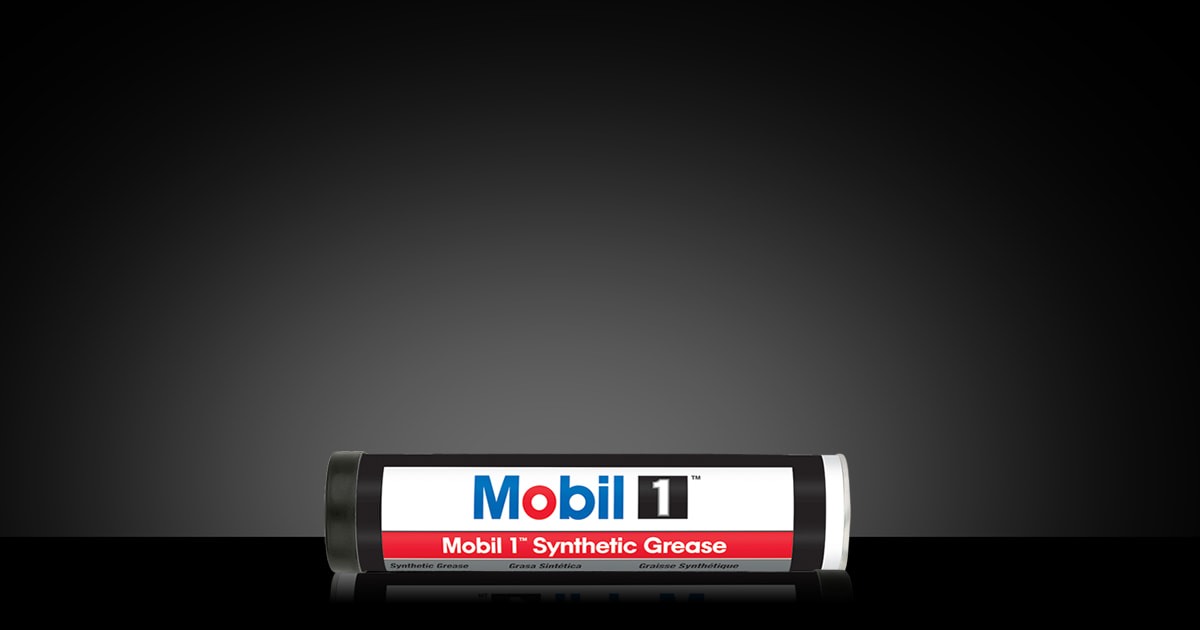
 www.mobil.com
www.mobil.com
Far as Lucas Red, already explained it. Nothing special what so ever. Super tacky that doesn't flow.
What I use is plain old school high temp disc brake bearing grease.
Mobile 1 is simply a lithium grease. Forget all the claims and hype synthetic this and that. They claim such and such base stocks.... Funny how they have several poor reviews on their own grease web site. Couple of them are yard/mower related.

Mobil 1™ Synthetic Grease | Mobil™ Motor Oils
Mobil 1™ Synthetic Grease protects hardworking parts from temperature extremes, rust and wear.
Far as Lucas Red, already explained it. Nothing special what so ever. Super tacky that doesn't flow.
What I use is plain old school high temp disc brake bearing grease.
#13
D
Davenj4f
D
Davenj4f
I see a bunch on Amazon. Any particular brand to go for, or stay away from ? Or doesn't matter, long as it's hi temp disc brake bearing grease ?I would say try a different grease. If it is sticky, once the grease is wiped away then you have zero lubrication. Sticky greases do not flow back into the area needing protection.
Mobile 1 is simply a lithium grease. Forget all the claims and hype synthetic this and that. They claim such and such base stocks.... Funny how they have several poor reviews on their own grease web site. Couple of them are yard/mower related.

Mobil 1™ Synthetic Grease | Mobil™ Motor Oils
Mobil 1™ Synthetic Grease protects hardworking parts from temperature extremes, rust and wear.www.mobil.com
Far as Lucas Red, already explained it. Nothing special what so ever. Super tacky that doesn't flow.
What I use is plain old school high temp disc brake bearing grease.
#14
S
slomo
S
slomo
#15
M
MParr
M
MParr
Look at Valvoline's lineup of heavy duty grease. There are a couple that will do the job.
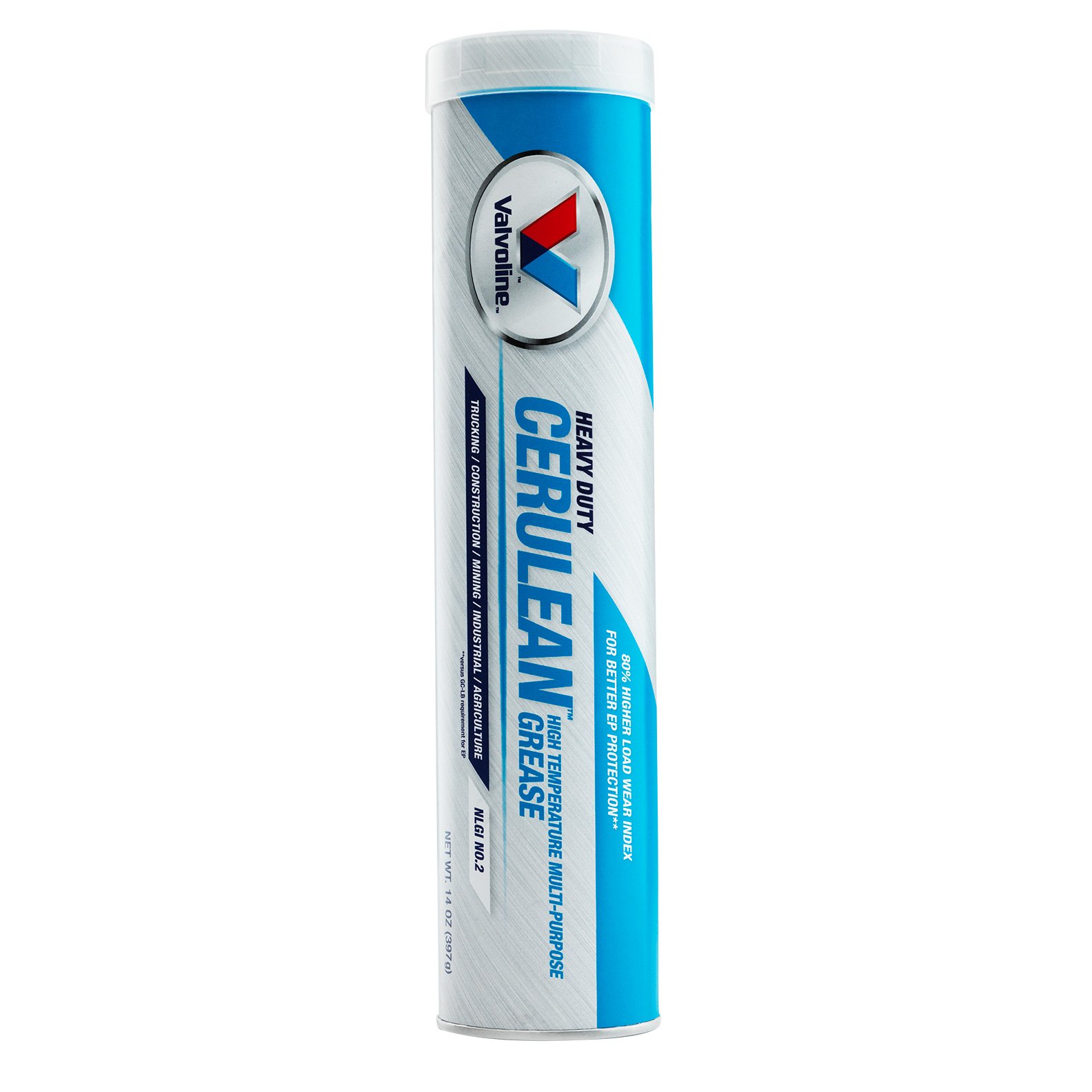
 www.valvolineglobal.com
www.valvolineglobal.com
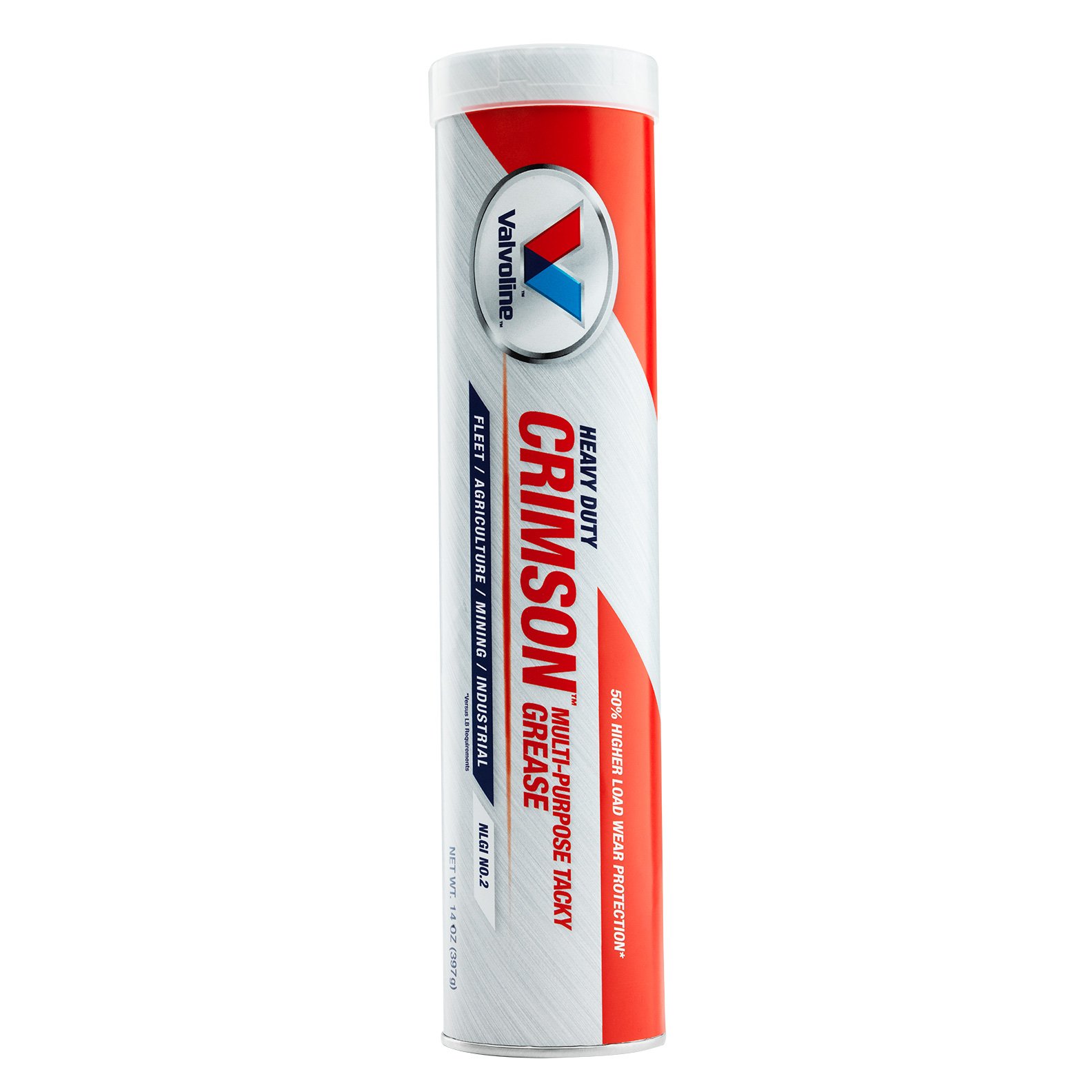
 www.valvolineglobal.com
www.valvolineglobal.com
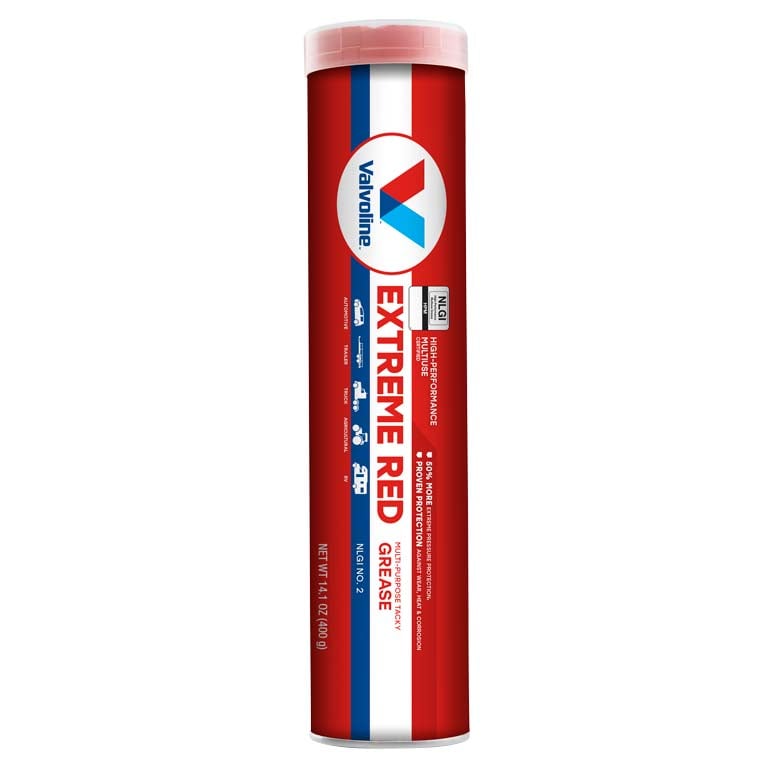
 www.valvolineglobal.com
www.valvolineglobal.com

Cerulean Grease - Valvoline™ Global
Uniquely formulated to meet the stressful demands in numerous fleet, agricultural, mining, industrial and automotive applications where maximum performance is...

Heavy Duty Crimson Grease - Valvoline™ Global
Valvoline's CRIMSON™ Grease (Red Lithium 12-Hydroxy) is a tacky, extreme pressure, lithium soap grease designed specifically for the commercial fleet environment...

Extreme Red Grease - Valvoline™ Global
Formulated to meet the latest in performance specs, Extreme Red grease combines the requirements of HPM (High Performance Multiuse) Core, with GC-LB, creating a...
#16
D
Davenj4f
D
Davenj4f
Decided to go withLook at Valvoline's lineup of heavy duty grease. There are a couple that will do the job.

Cerulean Grease - Valvoline™ Global
Uniquely formulated to meet the stressful demands in numerous fleet, agricultural, mining, industrial and automotive applications where maximum performance is...www.valvolineglobal.com

Heavy Duty Crimson Grease - Valvoline™ Global
Valvoline's CRIMSON™ Grease (Red Lithium 12-Hydroxy) is a tacky, extreme pressure, lithium soap grease designed specifically for the commercial fleet environment...www.valvolineglobal.com

Extreme Red Grease - Valvoline™ Global
Formulated to meet the latest in performance specs, Extreme Red grease combines the requirements of HPM (High Performance Multiuse) Core, with GC-LB, creating a...www.valvolineglobal.com
Schaeffer Green Extreme Pressure Waterproof Grease NLGI #2. Good for high temps also. Thanks for replies. Will check out all suggestions.
#18
D
Davenj4f
D
Davenj4f
Decided to go with
Schaeffer Green Extreme Pressure Waterproof Grease NLGI #2. Good for high temps also. Thanks for replies. Will check out all suggestions.
Yes. Notches at either end.Is there a spacer on the shaft between the open sides of the bearings ?
#19
S
SeniorCitizen
S
SeniorCitizen
Those with a spacer between the 2 bearings , at minimum 1 of those 2 bearings needs to be a push fit . ie - the outer race needs to be able to be pushed in with your fingers .Yes. Notches at either end.
#20
D
Davenj4f

D
Davenj4f
Not sure what you mean by pushing the outer race with fingers. I use my shop press to disassemble and reassemble. Attached is the spindle parts, nothing complicated.Those with a spacer between the 2 bearings , at minimum 1 of those 2 bearings needs to be a push fit . ie - the outer race needs to be able to be pushed in with your fingers .
Attachments
#21
S
SeniorCitizen
If the spacer length is a few thousandth less than the other measurement you're good to go . If it's not less the bearings will have a short life . A BIL had a repair shop replace the bearings and the spacer was omitted on re-assembly . He was calling me within an hour because of a noise he was not familiar with .
I prefer the top bearing to be free floating and that's how most are .
S
SeniorCitizen
The next time you have the chance measure the length of the spacer and compare that measurement to the distance apart the 2 outer bearing races will be when seated completely .Not sure what you mean by pushing the outer race with fingers. I use my shop press to disassemble and reassemble. Attached is the spindle parts, nothing complicated.
If the spacer length is a few thousandth less than the other measurement you're good to go . If it's not less the bearings will have a short life . A BIL had a repair shop replace the bearings and the spacer was omitted on re-assembly . He was calling me within an hour because of a noise he was not familiar with .
I prefer the top bearing to be free floating and that's how most are .
#22
D
Davenj4f
D
Davenj4f
I think I understand what you are saying. I'll check that measurement next time I have one apart. But I think the bearings are tight and have to be pressed in, but will see. If one will slide on by hand, I will be able to measure. No way to measure once together.The next time you have the chance measure the length of the spacer and compare that measurement to the distance apart the 2 outer bearing races will be when seated completely .
If the spacer length is a few thousandth less than the other measurement you're good to go . If it's not less the bearings will have a short life . A BIL had a repair shop replace the bearings and the spacer was omitted on re-assembly . He was calling me within an hour because of a noise he was not familiar with .
I prefer the top bearing to be free floating and that's how most are .
#23
S
SeniorCitizen
S
SeniorCitizen
Many have both bearings pressed in . The last JD i replaced the bearings on had the top bearing a push fit . Those that don't have i reduced the outer race of that bearing diameter until it was a push fit .
#24
D
Davenj4f
D
Davenj4f
I have to use the shop press to push everything in place. About the weep hole. I took the weep hole relief fitting off and was surprised as to how it is made. It has a spring loaded plunger that the spring keeps closed to the outside, but pressure from the grease gun can force grease out easily. It's not a strong spring. But it still makes me wonder if hot grease after spinning for several hours can still get out. Can't really get to upper portion of the casing to make a weep hole at the top, so wondered about putting a plug in the bottom weep hole (M10 x 1.0) and take it out when I wanted to grease it up, and also see if any still got out. Thoughts ?Many have both bearings pressed in . The last JD i replaced the bearings on had the top bearing a push fit . Those that don't have i reduced the outer race of that bearing diameter until it was a push fit .
#25
S
SeniorCitizen
S
SeniorCitizen
The reason i don't press one in is to accommodate the expansion forces when those parts increase in length as they gain temperature , The pushed in bearing can move if need be so side stress isn't attempting to force the balls out the side of their housing . If the sleeve that's between the bearing inner race's is longer than the distance between the 2 bearing bosses and the 2 bearings are pressed in damage has already occurred when the outer races are pressed in , I grind the outer race of the top bearing to my size liking to make the pushed fit then if more distance is required the top bearing can move with that expansion .
#26
D
Davenj4f
D
Davenj4f
OK I follow. You are letting the top bearing be able to move up as needed. But the trash shield is pressed in over the bearing. There is one for the bottom bearing also. The trash shield holds the bearing in place, and the pulley is on top of the trash shield. I need to look and see if the pulley actually goes all the way down to the trash shield, not sure, never looked for that before. Back to checking the distance on the inside concerning the spacer.The reason i don't press one in is to accommodate the expansion forces when those parts increase in length as they gain temperature , The pushed in bearing can move if need be so side stress isn't attempting to force the balls out the side of their housing . If the sleeve that's between the bearing inner race's is longer than the distance between the 2 bearing bosses and the 2 bearings are pressed in damage has already occurred when the outer races are pressed in , I grind the outer race of the top bearing to my size liking to make the pushed fit then if more distance is required the top bearing can move with that expansion .
#27
S
SeniorCitizen
S
SeniorCitizen
To compare spacer length it's easy to feel the any difference or use a vernier caliper , by setting the housing on about something like a 3/4 socket and dropping the spacer in . Any difference will of course be at the top .
#28
D
Davenj4f
D
Davenj4f
Can't deal with the internal spacer till I tear one down again. Meanwhile, I'm going to use a plug in the weep hole and see if that is where the grease is exiting from. The weep hole fitting (called "relief fitting") screws into a M10x1.0 nut, but I thing it is a pipe thread. Will check at the hardware store tomorrow.To compare spacer length it's easy to feel the any difference or use a vernier caliper , by setting the housing on about something like a 3/4 socket and dropping the spacer in . Any difference will of course be at the top .
#29
D
Davenj4f
D
Davenj4f
Update:
Last week I removed the relief fittings (spring loaded weep hole plugs) and installed standard plugs. After 3 days of light mowing (by my standards) I removed the plugs and pumped more grease in. Before I installed the plugs last week, the 2 outside spindles took 16 pumps of grease each. The center one took 26 pumps. Not unusual. Today each took about 9 pumps each. Better. So that still begs the question: where is the grease going ? There's no evidence of it exiting through the lower bearing and trash shields.
Last week I removed the relief fittings (spring loaded weep hole plugs) and installed standard plugs. After 3 days of light mowing (by my standards) I removed the plugs and pumped more grease in. Before I installed the plugs last week, the 2 outside spindles took 16 pumps of grease each. The center one took 26 pumps. Not unusual. Today each took about 9 pumps each. Better. So that still begs the question: where is the grease going ? There's no evidence of it exiting through the lower bearing and trash shields.
#30
H
Honest Abe
H
Honest Abe
Have you tried "Oregon" replacement parts...? I switched to them, and never looked back.....

